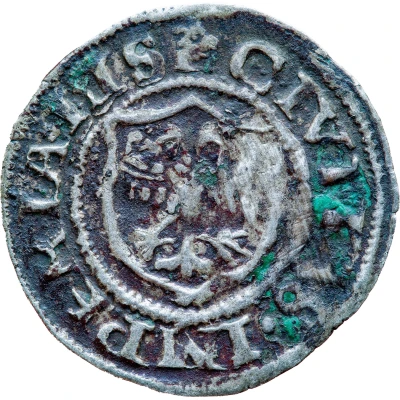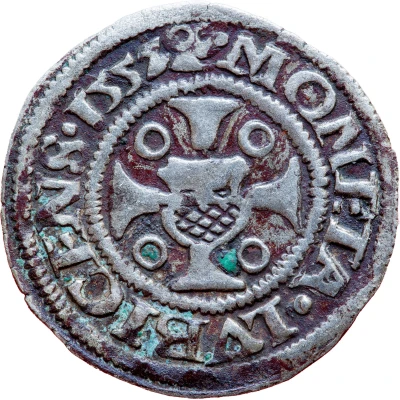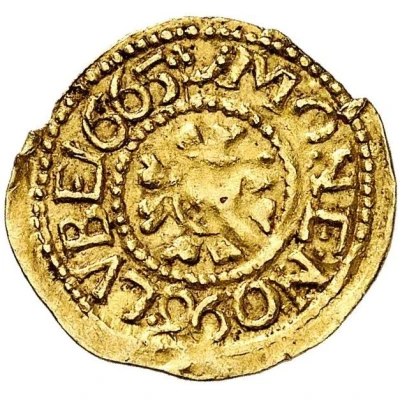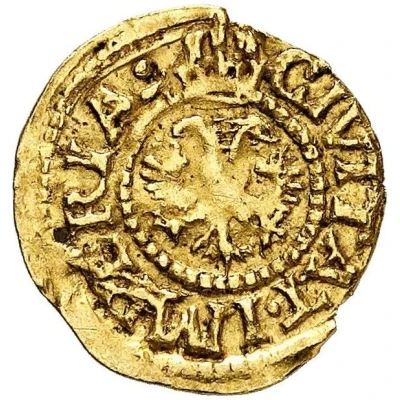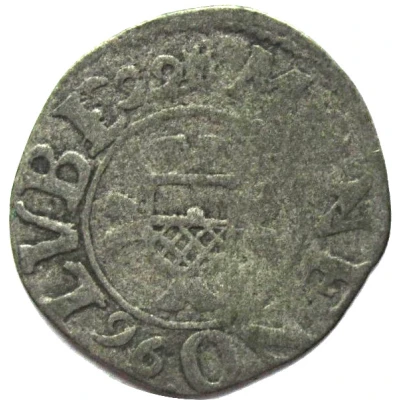
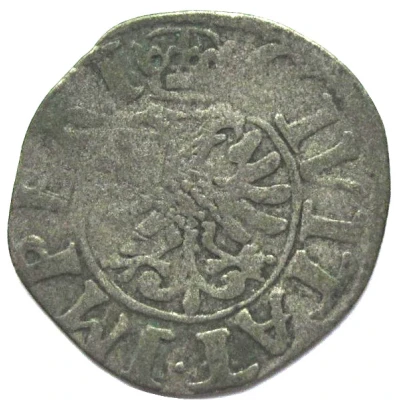

© M. Sander
1 Sechsling
| Silver | 0.7 g | 17 mm |
| Issuer | Free Hanseatic city of Lübeck (German States) |
|---|---|
| Period | Free city (1226-1811,1815-1937) |
| Type | Standard circulation coin |
| Years | 1620-1676 |
| Value | 1 Sechsling (1⁄96) |
| Currency | Thaler |
| Composition | Silver |
| Weight | 0.7 g |
| Diameter | 17 mm |
| Shape | Round (irregular) |
| Orientation | Medal alignment ↑↑ |
| Demonetized | Yes |
| Updated | 2024-10-05 |
| Numista | N#89159 |
|---|---|
| Rarity index | 90% |
Reverse
Crowned double-headed imperial eagle.
Script: Latin
Lettering: CIVITAT IMPERI
Comment
Varieties existCIVITAT .IMPER:
MON:NO.96.LVBE.DATA
Interesting fact
One interesting fact about the Standard circulation coin 1 Sechsling 1620-1676 from Free Hanseatic city of Lübeck (German States) made of Silver weighing 0.7 g is that it was used as a means of payment in the city of Lübeck during a time when the city was an important trading center in the Baltic Sea region. The coin's design features the city's coat of arms, which includes a shield with three crowns, symbolizing the city's status as a free imperial city. The coin's silver content and intricate design made it a valuable and reliable form of currency, and it was likely used for a wide range of transactions, from buying goods at the local market to paying taxes and debts.
